
ChatGPT imagines what it looks like when I’m studying the Bible with PocketBible.
I’ve been writing Bible software and publishing Bibles and Bible reference books for over 35 years now. For some reason, people think I’m intimately familiar with every one of the hundreds of titles we publish. Obviously I can’t be and I’m not. But I do have some favorites. I’ve never taken the time to say which ones I like and why, so let’s do that today.
I’ve intentionally not linked these to our online catalog, as I don’t want to give the impression that I’m promoting any of these titles over others we might carry. Feel free to list what you think are indispensable Bibles and reference books for your own study in the comments.
Bibles
At the risk of offending those who think there’s only one English translation of the Bible with God’s imprimatur, here are my faves.
Modern English: The World English Bible
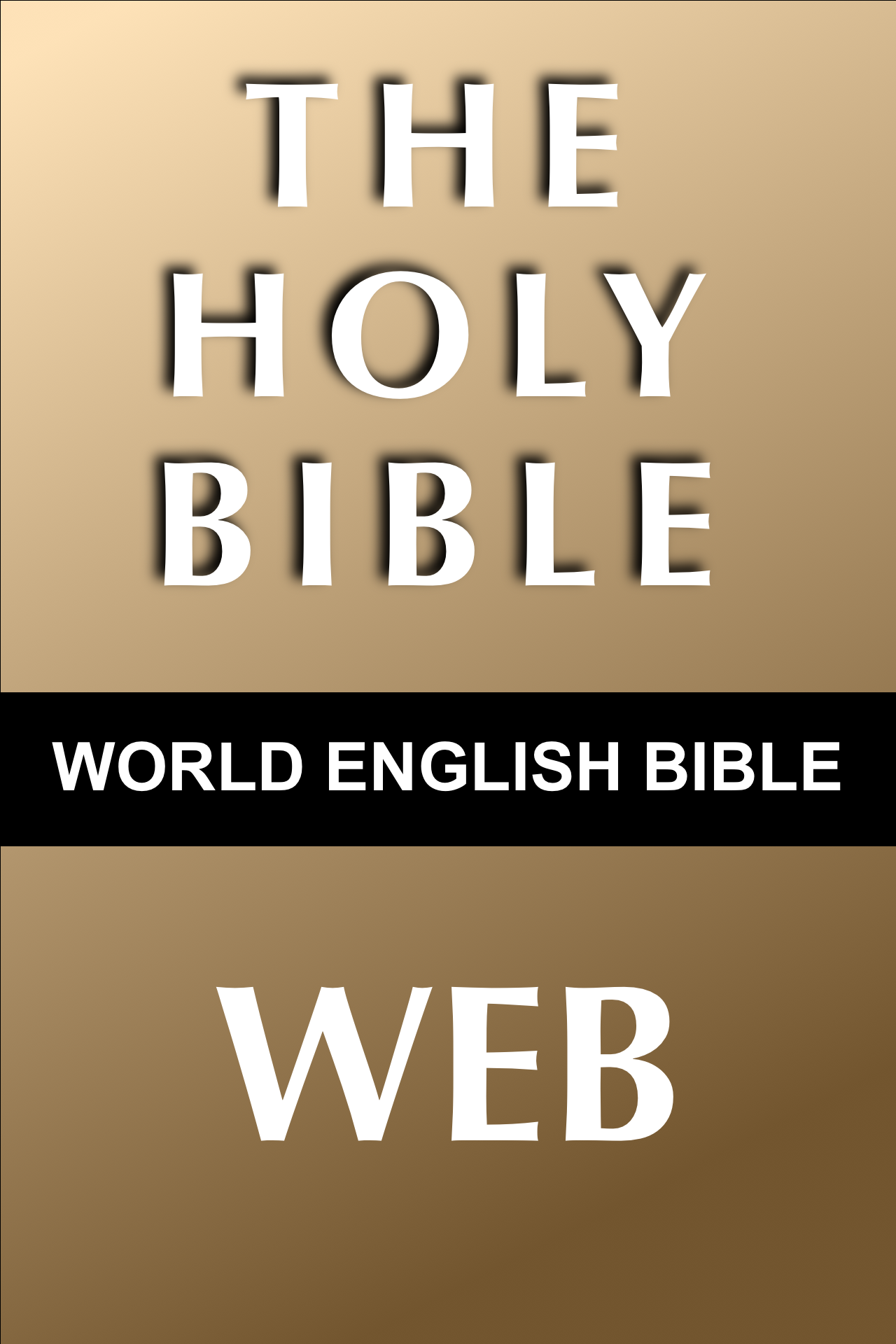 The WEB is an updated version of the 1901 ASV text. It doesn’t go out of its way to be overtly “modern” but rather just updates the language to sound more natural to today’s readers. I especially like that it uses “Yahweh” for the name of God in the Old Testament, which I believe “personalizes” God and makes him more of an active character in the narrative instead of a distant and disconnected force that meddles in human affairs in ways beyond our understanding.
The WEB is an updated version of the 1901 ASV text. It doesn’t go out of its way to be overtly “modern” but rather just updates the language to sound more natural to today’s readers. I especially like that it uses “Yahweh” for the name of God in the Old Testament, which I believe “personalizes” God and makes him more of an active character in the narrative instead of a distant and disconnected force that meddles in human affairs in ways beyond our understanding.
Because I use this Bible in my 7-Minute Bible devotional, I’ve read through it a few times and have been happy to have been able to suggest some corrections to it in a handful of verses.
“Literal” Translation: The New American Standard Bible (2020 Edition)
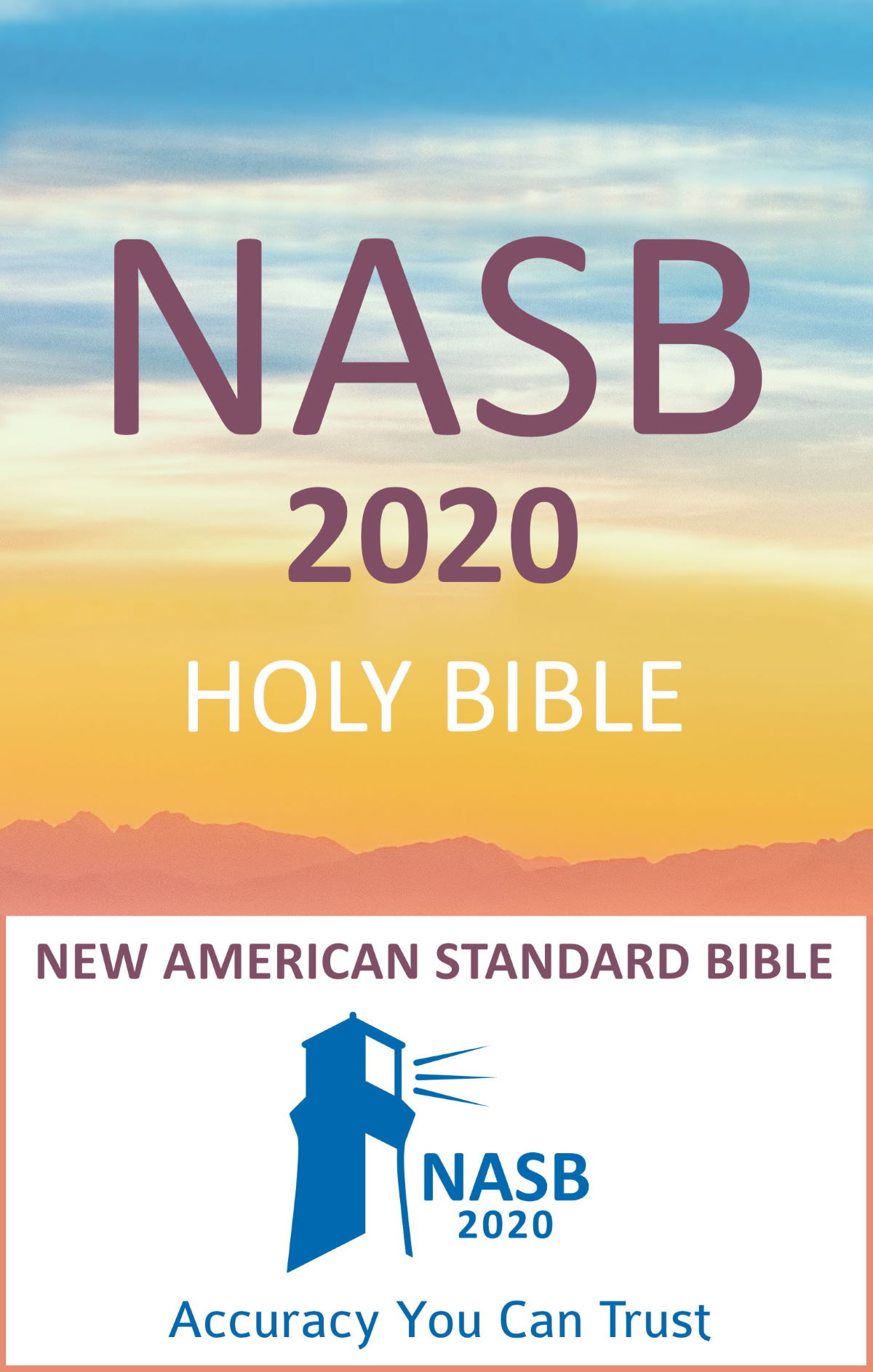 When the 2020 NASB was introduced, I started in Genesis and read it cover-to-cover. I was expecting to be disappointed, as I had always been when trying to read the 1995 edition. While the latter was good for word studies, it didn’t read well. It was rather jarring to the ears. The 2020 edition seemed much smoother without resorting to paraphrase or functional equivalence.
When the 2020 NASB was introduced, I started in Genesis and read it cover-to-cover. I was expecting to be disappointed, as I had always been when trying to read the 1995 edition. While the latter was good for word studies, it didn’t read well. It was rather jarring to the ears. The 2020 edition seemed much smoother without resorting to paraphrase or functional equivalence.
I tend to use the version of this Bible that includes Strong’s numbers when I need to reference the original languages. I like the literal translation better in that case.
When I Can’t Remember a Verse: The King James Version
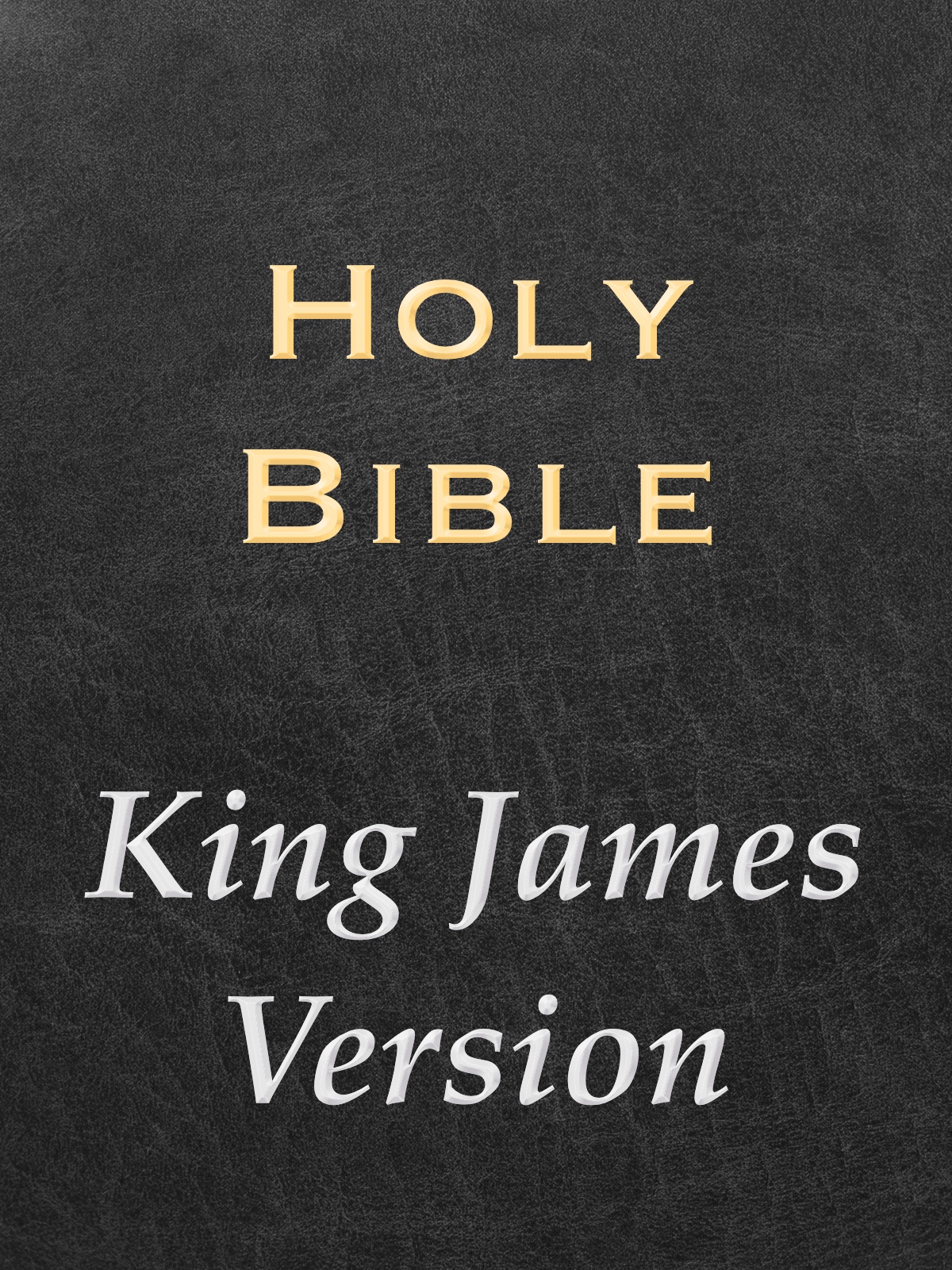 As a new Christian, I attended churches that taught from the KJV for about 25 years. I’m one of a shrinking number of people that don’t find the KJV, which mixes a little Middle English grammar into its Early Modern English text, to be off-putting. When I remember a few words of a verse and need to do a search to find it, I tend to do that search in the KJV, betting that the dark corners of my memory are recalling its particular wording.
As a new Christian, I attended churches that taught from the KJV for about 25 years. I’m one of a shrinking number of people that don’t find the KJV, which mixes a little Middle English grammar into its Early Modern English text, to be off-putting. When I remember a few words of a verse and need to do a search to find it, I tend to do that search in the KJV, betting that the dark corners of my memory are recalling its particular wording.
As you know, back in 2014 Laridian switched its KJV text to the 1910 Cambridge version to bring it into line with what most modern KJV readers expect. We then added Louis Klopsch’s original red-lettering to the New Testament to make ours a very special edition of the text.
Commentaries
This is where we really get into differences of opinion. But I’m the one writing this article, so I get to express mine here.
Whole-Bible Commentary: Constable’s Bible Study Notes
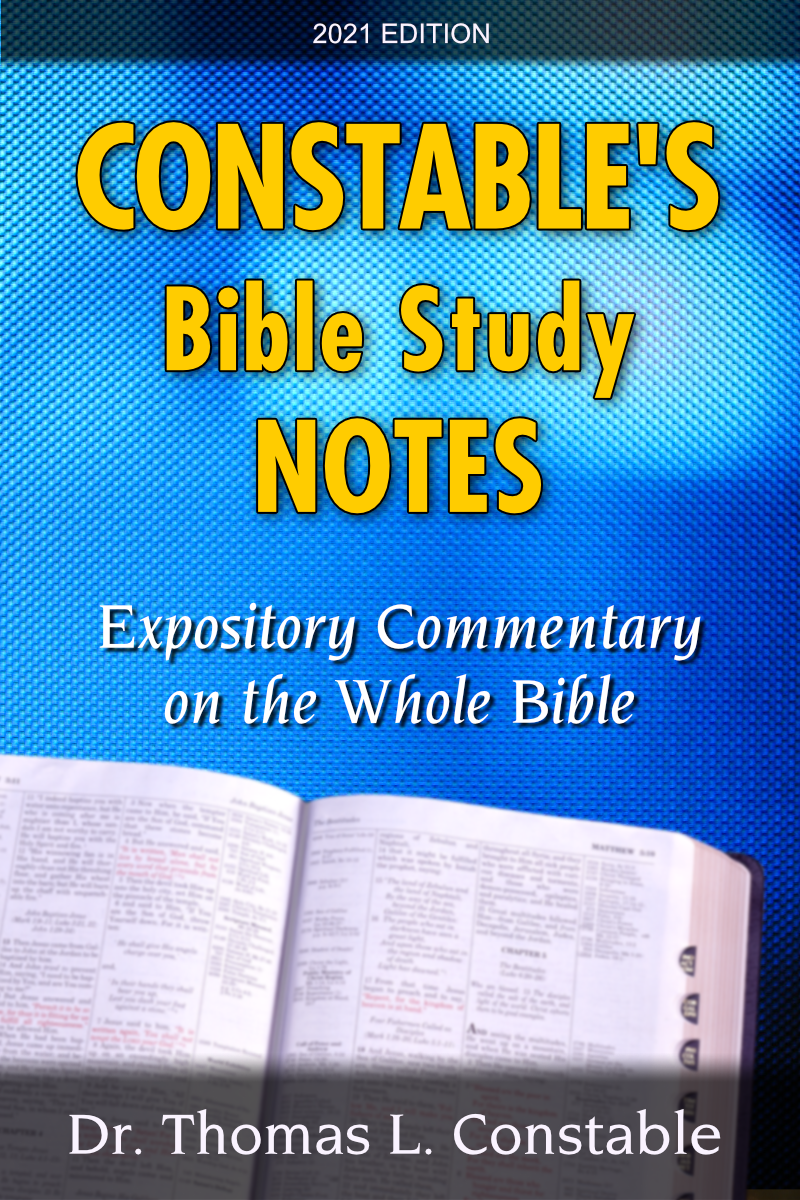 Dr. Tom Constable from Dallas Theological Seminary does an outstanding job of presenting a conservative, evangelical point of view while making room for alternative explanations. He backs up both his own opinions and alternative opinions with quotes from third parties who champion those points of view. Since these are literally just his own personal notes collected over the years, they don’t suffer from having been over-edited by a publisher and a marketing department.
Dr. Tom Constable from Dallas Theological Seminary does an outstanding job of presenting a conservative, evangelical point of view while making room for alternative explanations. He backs up both his own opinions and alternative opinions with quotes from third parties who champion those points of view. Since these are literally just his own personal notes collected over the years, they don’t suffer from having been over-edited by a publisher and a marketing department.
Because the book hasn’t been overly edited, it doesn’t contain anything superflous, like random color images of sites in Israel. But it does contain charts and maps when appropriate to understanding the text.
New Testament Word Studies: Robertson’s Word Pictures in the New Testament
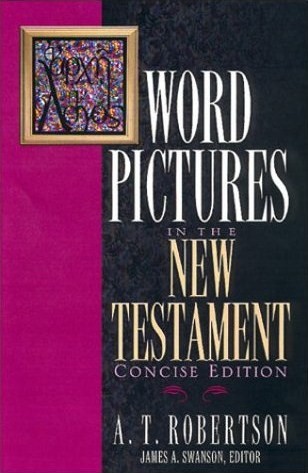 This is an update to Vincent’s Word Studies in the New Testament, which is also a recommended book. You would think a book on word studies would be a dictionary in PocketBible, but Robertson presents his work verse-by-verse, which makes it easy to find what you’re looking for while reading.
This is an update to Vincent’s Word Studies in the New Testament, which is also a recommended book. You would think a book on word studies would be a dictionary in PocketBible, but Robertson presents his work verse-by-verse, which makes it easy to find what you’re looking for while reading.
This book is intentionally written to people like me with an interest in the original languages but not the expertise to study word origins and learn how to parse nouns and verbs on my own. I feel like I get the benefit of knowing the languages without having to learn them.
Expository Commentary: The Expositor’s Bible Commentary (full edition or abridged)
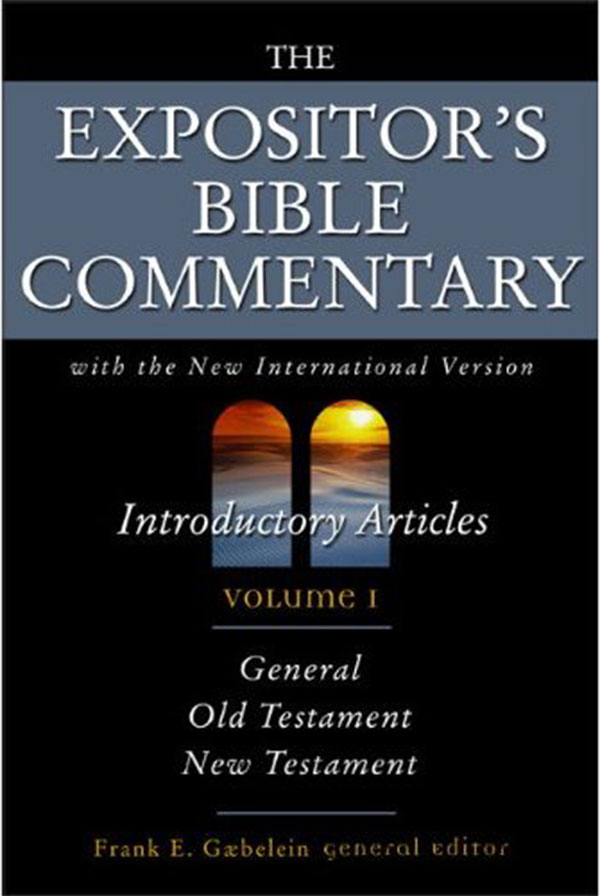 I tend to keep the full edition of this commentary on my devices, but the abridged edition is an affordable alternative that doesn’t lose much in the abridgement. I like this commentary for its deep, scholarly treatment of the subject matter and its willingness to discuss alternative points of view.
I tend to keep the full edition of this commentary on my devices, but the abridged edition is an affordable alternative that doesn’t lose much in the abridgement. I like this commentary for its deep, scholarly treatment of the subject matter and its willingness to discuss alternative points of view.
We used to be able to sell this 12-volume set for a very reasonable price. But recent changes at the publisher make this one hard to discount. It’s worth every penny, but if you ever catch it on sale, you should scrape together the shekels to buy it.
Old Testament Commentary: Keil and Delitzsch Old Testament Commentary
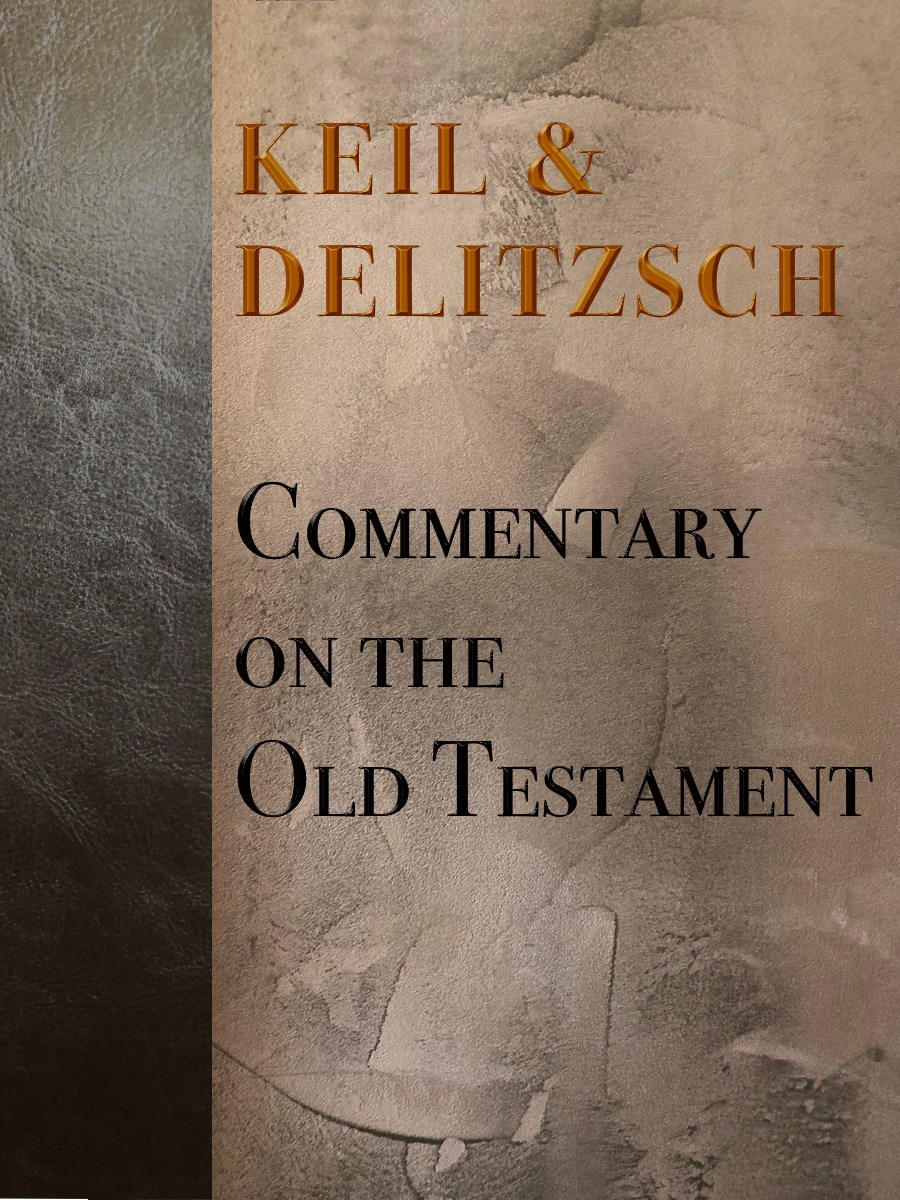 This is not for the faint of heart. You don’t have to be able to read Hebrew, but it might help. This commentary isn’t for everyone, but it’s one place I look when sussing out nuance of meaning from Hebrew.
This is not for the faint of heart. You don’t have to be able to read Hebrew, but it might help. This commentary isn’t for everyone, but it’s one place I look when sussing out nuance of meaning from Hebrew.
Most of the time, almost any other commentary will do when studying the Old Testament. But if you really want to get into the meanings of words and how they’re used, this is the tool you need. It’s not something you can give a quick read and learn everything you need — it takes some effort to figure out what they’re talking about and where they’re going. But if you want that level of detail, this is the place to find it.
Dictionaries
In PocketBible, atlases are often categorized as dictionaries, so I’ll cover those here as well.
Strong’s Numbers: Complete Word Study Dictionaries
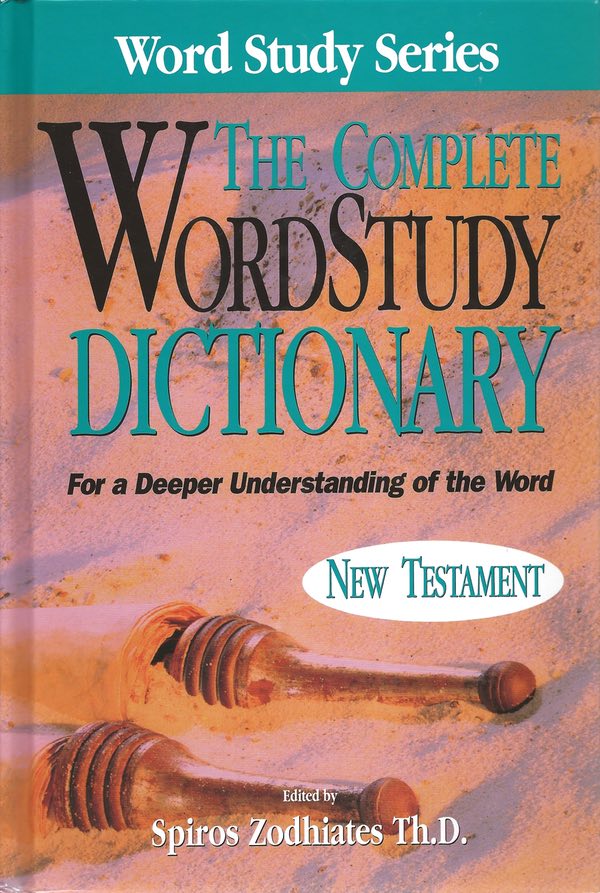 These dictionaries (OT and NT volumes) are ideal companions to any of our Bibles that contain Strong’s numbers. They provide significantly more detailed definitions than do the default dictionaries that come with those Bibles.
These dictionaries (OT and NT volumes) are ideal companions to any of our Bibles that contain Strong’s numbers. They provide significantly more detailed definitions than do the default dictionaries that come with those Bibles.
For each word you’ll see its Strong’s number, Hebrew or Greek spelling, transliteration, forms, synonyms, antonyms, and definitions of every usage of the word. There are many links to verses where the word is used and links to related words in the dictionary.
Atlas: Deluxe Bible Maps and Timelines or the Holman Bible Atlas Bundle
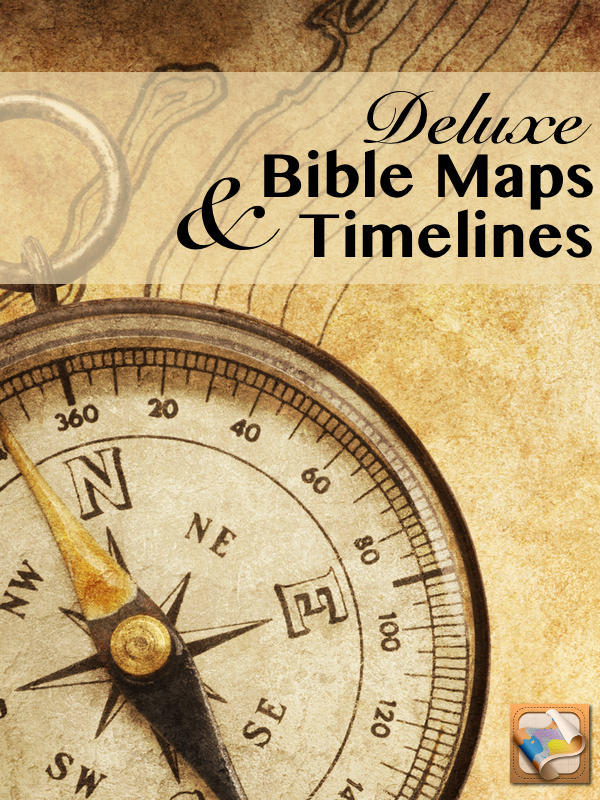 Deluxe Bible Maps is a thorough atlas of every region, battle, time period, people group, etc. The maps themselves are pretty simple, but the place names are linked to short descriptions in the accompanying dictionary of Bible places.
Deluxe Bible Maps is a thorough atlas of every region, battle, time period, people group, etc. The maps themselves are pretty simple, but the place names are linked to short descriptions in the accompanying dictionary of Bible places.
The Holman Bible Atlas Bundle consists of the Holman Bible Atlas and the Holman Book of Biblical Charts, Maps, and Reconstructions. The atlas contains over 130 maps plus hundreds of timelines, charts, and articles. The book of charts, maps, and reconstructions is a perfect supplement, containing dozens of images that are ideal for both study and teaching.
Topical Dictionary: Dictionary of Bible Themes
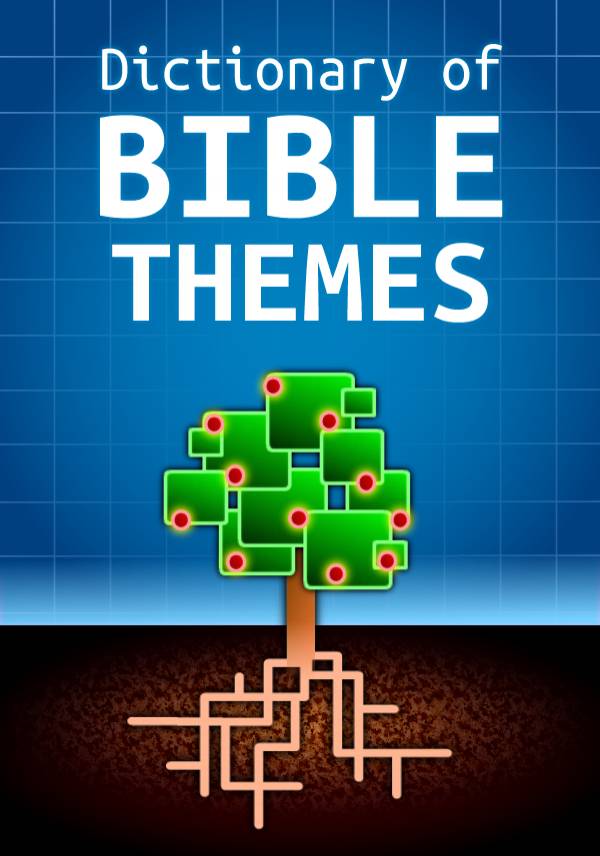 This is a hidden gem in our catalog. It’s actually two books. The Dictionary of Bible Themes is like Nave’s Topical Bible. The topics are organized like a systematic theology. Each contains links to verses and other related topics. Also included is the Dictionary of Bible Themes Scripture Index, which functions like the Thompson Chain Reference Bible and is organized like a commentary in PocketBible so that it follows along with verses as you read them and links you to topics appropriate to that verse.
This is a hidden gem in our catalog. It’s actually two books. The Dictionary of Bible Themes is like Nave’s Topical Bible. The topics are organized like a systematic theology. Each contains links to verses and other related topics. Also included is the Dictionary of Bible Themes Scripture Index, which functions like the Thompson Chain Reference Bible and is organized like a commentary in PocketBible so that it follows along with verses as you read them and links you to topics appropriate to that verse.
Devotionals
I’m more of a read-through-the-Bible guy than a daily-nugget-of-truth guy, so my preferences are going to lean in that direction. I don’t like the plans that scramble the Bible up by chapter or by OT+NT+Psalms+Proverbs each day. I just get lost that way. I strongly prefer to read chronologically. I feel I know the history better that way.
Chronological Bible Reading: The 7-Minute Bible
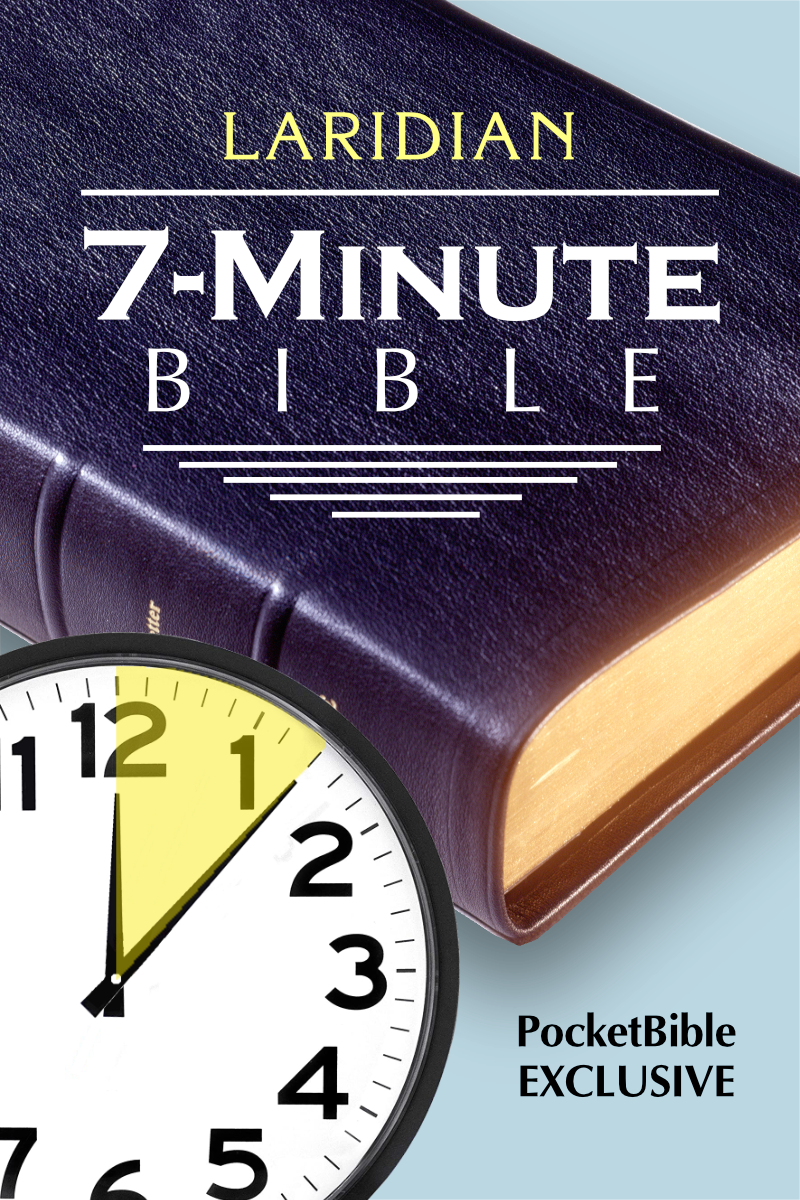 Yeah, I know — this is my book so of course I picked it. Think of it this way instead: This is how I prefer to read through the Bible in the morning, so I wrote it. The 7-Minute Bible is the text of the World English Bible (WEB) organized chronologically, harmonized where appropriate (i.e. Kings/Chronicles and the Gospels), the edited to remove the things that are going to cause you to stop reading through the Bible (like 9 full chapters of names at the beginning of 1 Chronicles). I find I can read through the entire 7-Minute Bible in 4 months if I read just 15 minutes per day.
Yeah, I know — this is my book so of course I picked it. Think of it this way instead: This is how I prefer to read through the Bible in the morning, so I wrote it. The 7-Minute Bible is the text of the World English Bible (WEB) organized chronologically, harmonized where appropriate (i.e. Kings/Chronicles and the Gospels), the edited to remove the things that are going to cause you to stop reading through the Bible (like 9 full chapters of names at the beginning of 1 Chronicles). I find I can read through the entire 7-Minute Bible in 4 months if I read just 15 minutes per day.
Reading in Bible Order: OT in One Year and NT in 6 Months (Twice)
If I feel I must read ever verse in the Bible, I have done it by reading one day from the Old Testament in One Year plan and one day from the New Testament in 6 Months plan each day. When I finish the New Testament at the end of June, I start over. These reading plans are free when you register PocketBible, so everyone has access to them.
Other Books
There are a few books that PocketBible categorizes as “other” (because they don’t fit in any of the categories above) that I find useful.
The “Lost World” Series
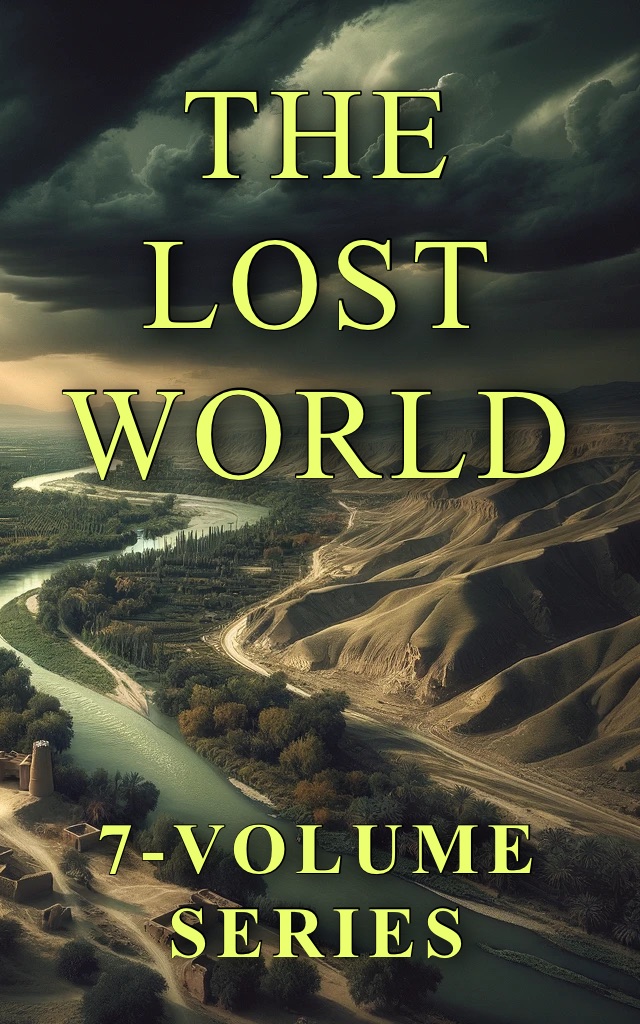 This is a recently published series of books that takes a fresh look at the Old Testament in the light of our best understanding of the Hebrew language and the literature of the Ancient Near East. The goal is to read the text from the perspective of the people to whom it was originally written.
This is a recently published series of books that takes a fresh look at the Old Testament in the light of our best understanding of the Hebrew language and the literature of the Ancient Near East. The goal is to read the text from the perspective of the people to whom it was originally written.
While all “Bible background” commentaries try to provide historical and cultural information, this series focuses on key passages, such as Genesis 1, Adam and Eve, Noah and the Flood, the Israelite Conquest, etc. to find hints in what we know about Ancient Near East cultures to help us understand how those who may have heard or read what we know of as the Old Testament would have understood it.
Scottish Metrical Psalms
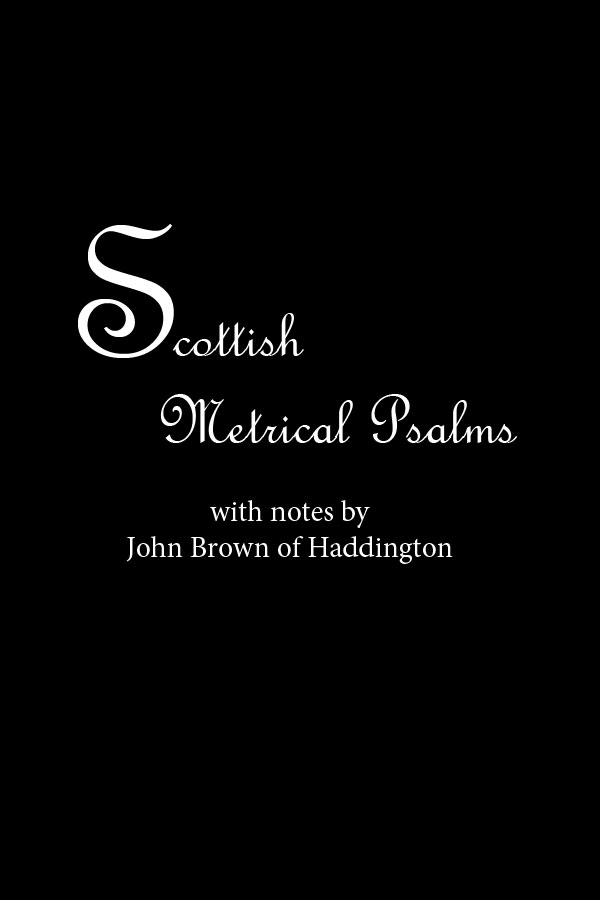 I’m not a fan of the Psalms. It’s an interesting little book of song lyrics but I find it hard to identify with. I’m not pursued by my sworn enemies into caves and crevices on a regular basis. I’m not a song-writer looking for lyrics. But — if I have to read a song book, I need it to rhyme and I need it to be singable in standard meter. This little book translates the book of Psalms into truly singable works. I thought about modernizing the language and using this for my 7-Minute Bible, it’s that good. Maybe in version 2.
I’m not a fan of the Psalms. It’s an interesting little book of song lyrics but I find it hard to identify with. I’m not pursued by my sworn enemies into caves and crevices on a regular basis. I’m not a song-writer looking for lyrics. But — if I have to read a song book, I need it to rhyme and I need it to be singable in standard meter. This little book translates the book of Psalms into truly singable works. I thought about modernizing the language and using this for my 7-Minute Bible, it’s that good. Maybe in version 2.
The Trail of Blood
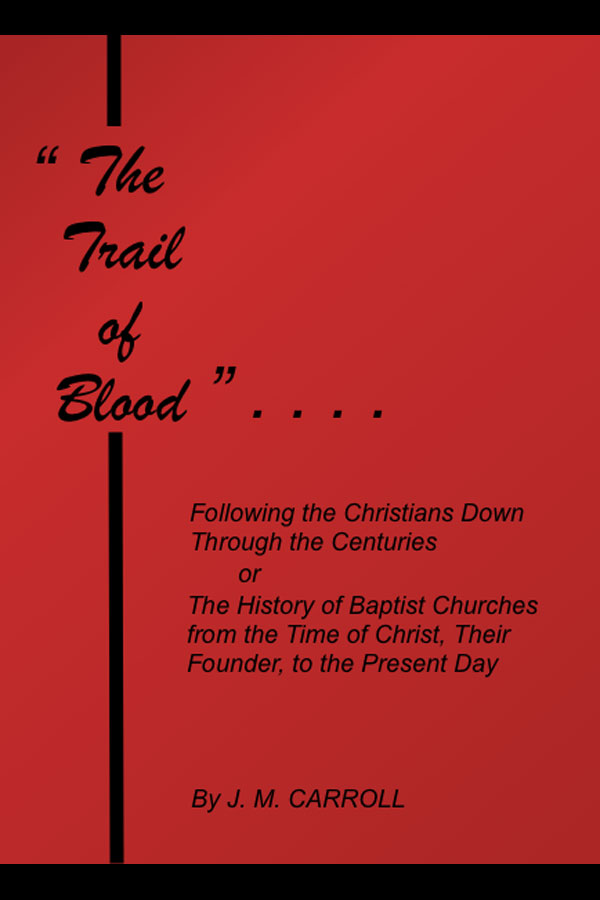 This is a fascinating little pamphlet that makes the case that there has always been one true, biblical church fashioned on the principles of the New Testament and not falling under the hierarchy of any denomination. It argues that Catholicism (and subsequently Ortodoxy and Protestantism) split from this true version of the Church and went off in their own direction but that there still exists pockets of real New Testament churches today. Whether you believe that or not, it’s a fascinating hypothesis that happens to be correct. Like I said — my article, my rules. 🙂
This is a fascinating little pamphlet that makes the case that there has always been one true, biblical church fashioned on the principles of the New Testament and not falling under the hierarchy of any denomination. It argues that Catholicism (and subsequently Ortodoxy and Protestantism) split from this true version of the Church and went off in their own direction but that there still exists pockets of real New Testament churches today. Whether you believe that or not, it’s a fascinating hypothesis that happens to be correct. Like I said — my article, my rules. 🙂
Understanding the Bible Collection
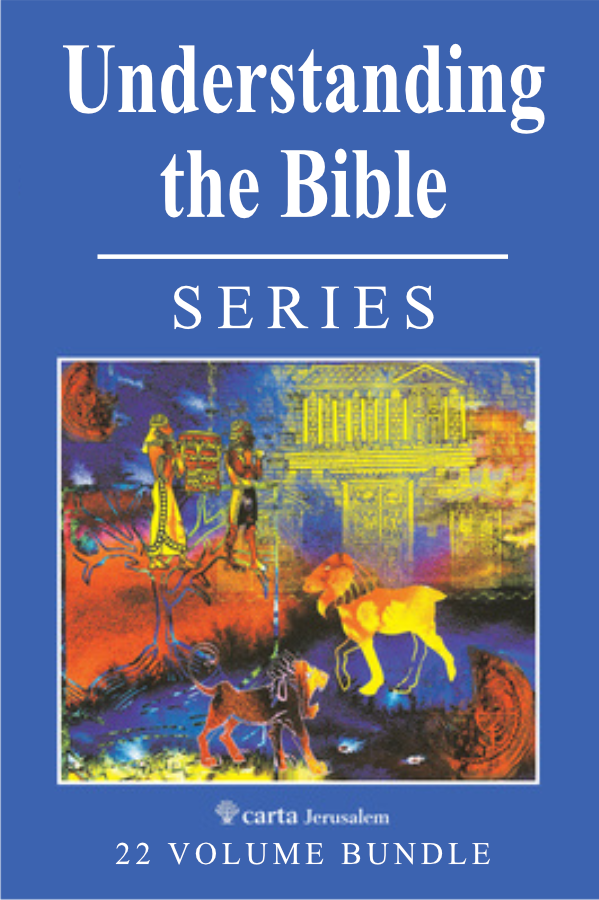 This 22-volume collection provides a wealth of historical, cultural, and geographic background on what we read in the Bible.
This 22-volume collection provides a wealth of historical, cultural, and geographic background on what we read in the Bible.
Each volume covers a different subject and is loaded with photos, maps, and charts.
About the Image
I asked ChatGPT to create a picture of me studying in my home office. Unfortunately I couldn’t get it to make me clean-shaven except for a mustache, give me a knuckle for every finger and a finger for every knuckle, give me an Apple Watch instead of some generic Android watch, give me just one rectangular phone and not an additional trapezoidal phone, make sure my books aren’t bound along two opposite or two perpendicular edges, put any less than 14 or 15 hours on my alarm clock, and give me a spiral bound notebook that wasn’t bound along one edge and also across the middle. Other than that — nailed it.
